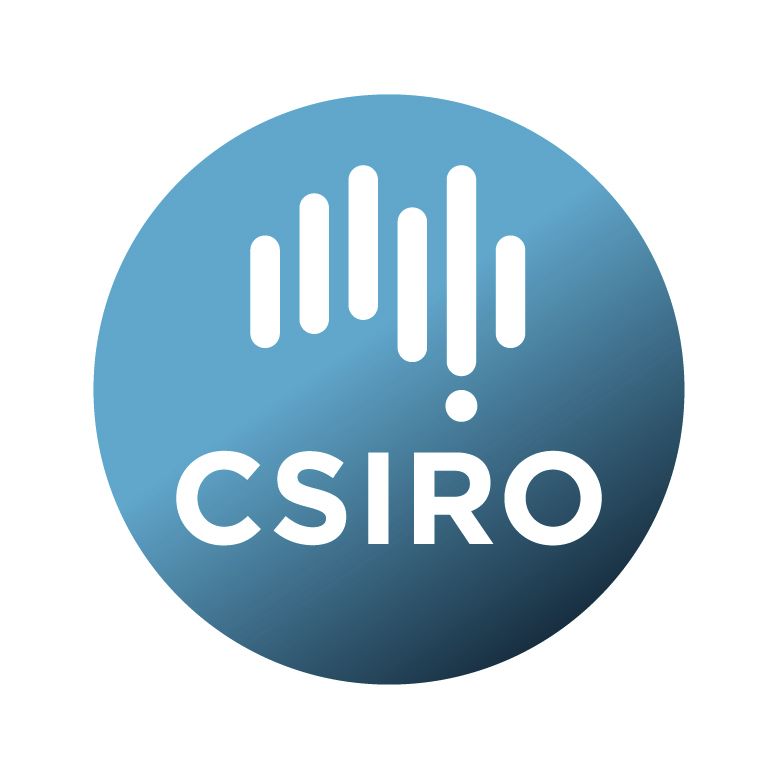Brief description
There are three parts in this datasets: 1) Annual times series of groundwater level (in terms of depth to water level, DTW) for 910 groundwater bores in the main alluvial systems in MDB; 2) Trend analysis results with three trend detection methods; and 3) Clustering results of temporal patterns of groundwater levels from both HCA and SOM.Lineage: 1) Bore depth to water table (DTW) data (available at http://www.bom.gov.au/water/groundwater/ngis/) were accessed using the National Groundwater Information System (NGIS) Version 1.7.0 last updated in July 2021.
2) Suspicious observations are very common for groundwater level measurements. A simple data quality control method was used to remove all obvious errors and outliers (https://doi.org/10.3390/w14111808).
3) Three trend analysis methods (The non-parametric MK test, liner regression and the innovative trend analysis (ITA) ) are employed to detect long-term (1971–2021) trends in annual mean DTW (https://doi.org/10.3390/w14111808)).
4) The two most popular clustering analysis methods, hierarchical clustering analysis (HCA) and self-organizing maps (SOM), were used to investigate the temporal patterns of groundwater levels (https://doi.org/10.3390/su152316295).
Available: 2024-03-06
Data time period: 1971-01-01 to 2021-01-01
Subjects
Clustering |
Earth Sciences |
Groundwater Level |
Groundwater Hydrology |
Hydrology |
Murray–Darling Basin |
Trend Analysis |
User Contributed Tags
Login to tag this record with meaningful keywords to make it easier to discover
Identifiers
- DOI : 10.25919/6FKM-9A54

- Handle : 102.100.100/608869

- URL : data.csiro.au/collection/csiro:61883



